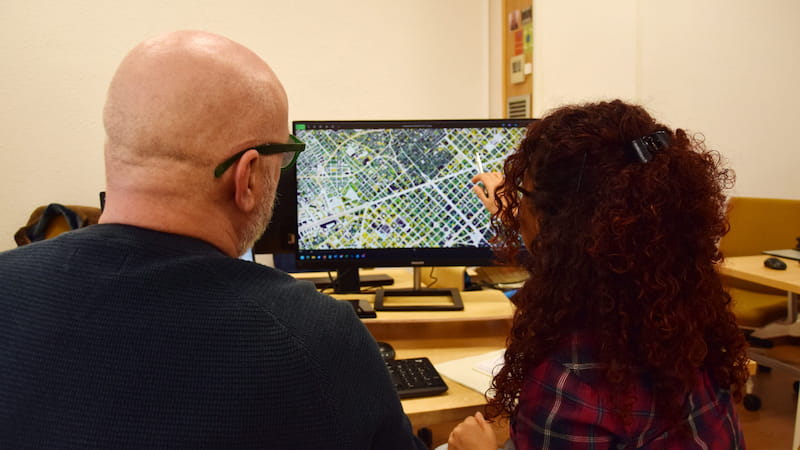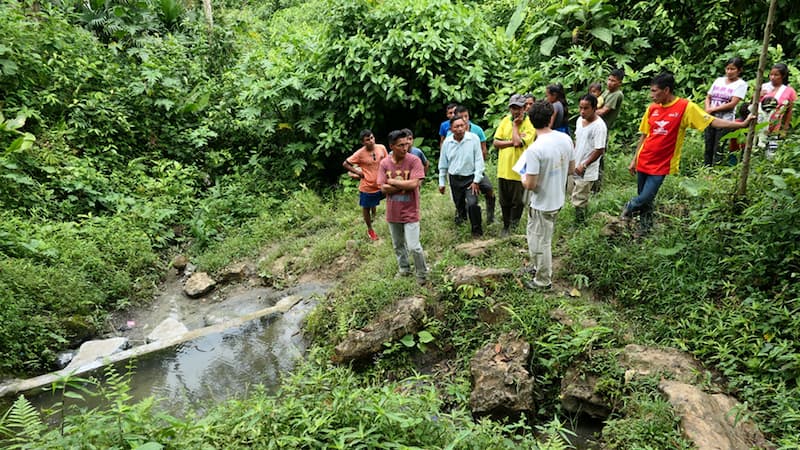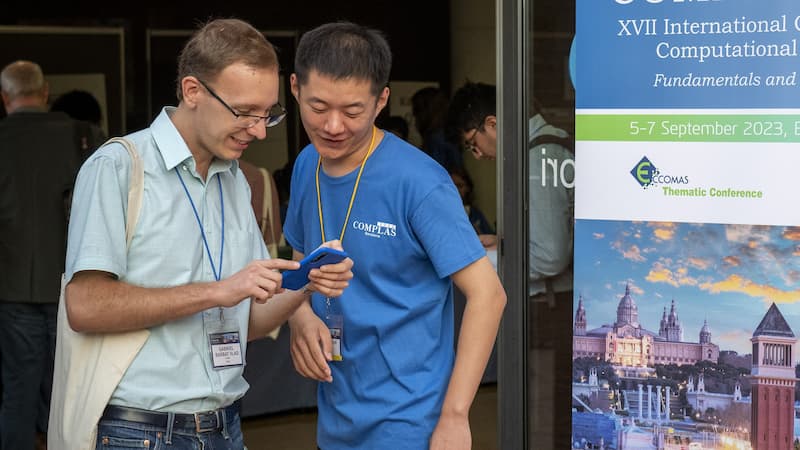ABSTRACT
The seismic assessment of structures and components in nuclear power plants is a key challenge for structural and earthquake engineering, especially in the post-Fukushima context, which demands advanced models capable of capturing the nonlinear dynamic behavior of soil-structure interaction (SSI), including different seismic scenarios, detailed soil characterization, wave propagation from bedrock to the surface, and potential sliding at the soil-structure interface. This work aims to obtain in-structure response spectra (ISRS) in order, within a probabilistic framework, to assess the safety of equipment in buildings of the power block by means of a three-dimensional finite element model, using 60 soil profiles generated via Latin Hypercube sampling and 60 seismic records compatible with the uniform hazard spectrum (UHS), considering both fixed and sliding contact with friction coefficients at the interface. The results show that nonlinear SSI reduces spectral accelerations and the sensitivity to soil variability, yielding more representative envelope spectra and a more accurate characterization of the seismic demand on equipment, which provides a solid basis for its safety assessment and verification, as well as for the estimation of fragility curves and their integration into the Probabilistic Safety Assessment (PSA) for Seismic Events of nuclear facilities.
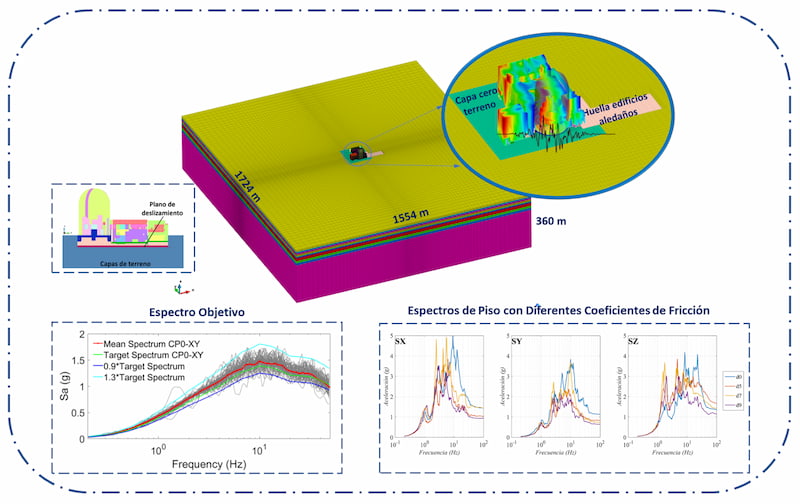
SPEAKERS
 Dr. Fernando Rastellini Canela is a senior researcher at CIMNE and an Associate Professor at UPC; since February 2025 he has also served as a B2B Business Developer at COMPASSIS company. He operates at the intersection of computational mechanics and industry: finite-element methods for sheet-metal forming, the non-linear behaviour and damage of composite laminates, seismic soil–structure interaction, and time-history advanced simulation of singular (unique/critical) buildings for seismic analysis. For nearly two decades he was Technical Director at Quantech ATZ, where he led the Stampack suite from research to wide industrial adoption. He has authored over 26 journal papers and is known for translating advanced models into shop-floor value through technology transfer, partnerships, and pre-sales/POCs across Europe and Latin America. He holds a PhD in Structural Analysis (UPC, 2006) and a degree in Building Engineering (2000). Awards include Bank Boston’s Academic Excellence and the National Academy of Engineering’s Best Graduates (Argentina). Based in Barcelona, he welcomes collaborations linking solid mechanics to business impact.
Dr. Fernando Rastellini Canela is a senior researcher at CIMNE and an Associate Professor at UPC; since February 2025 he has also served as a B2B Business Developer at COMPASSIS company. He operates at the intersection of computational mechanics and industry: finite-element methods for sheet-metal forming, the non-linear behaviour and damage of composite laminates, seismic soil–structure interaction, and time-history advanced simulation of singular (unique/critical) buildings for seismic analysis. For nearly two decades he was Technical Director at Quantech ATZ, where he led the Stampack suite from research to wide industrial adoption. He has authored over 26 journal papers and is known for translating advanced models into shop-floor value through technology transfer, partnerships, and pre-sales/POCs across Europe and Latin America. He holds a PhD in Structural Analysis (UPC, 2006) and a degree in Building Engineering (2000). Awards include Bank Boston’s Academic Excellence and the National Academy of Engineering’s Best Graduates (Argentina). Based in Barcelona, he welcomes collaborations linking solid mechanics to business impact.
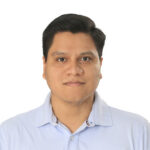 Mr. Cristhian Albert Padilla Leaños is a Civil Engineer (Structures) from the Universidad Autónoma Gabriel René Moreno (UAGRM, Santa Cruz-Bolivia), where he served as a teaching assistant in structural courses and worked in the Department of Physics. He pursued postgraduate studies in Physics and Pure Mathematics and earned an MSc in Mathematics (UAGRM), with a special interest in inverse problems using Bayesian methods and reduced order models. He also obtained an M.Eng. in Structural Engineering with Advanced Finite Element Simulation (Inesa Tech, Barcelona). He currently works at the International Centre for Numerical Methods in Engineering (CIMNE), in the Structural Mechanics group under the supervision of Dr. Fernando Rastellini, contributing to projects on dynamic and seismic analysis of structures and advanced simulation with the Finite Element Method.
Mr. Cristhian Albert Padilla Leaños is a Civil Engineer (Structures) from the Universidad Autónoma Gabriel René Moreno (UAGRM, Santa Cruz-Bolivia), where he served as a teaching assistant in structural courses and worked in the Department of Physics. He pursued postgraduate studies in Physics and Pure Mathematics and earned an MSc in Mathematics (UAGRM), with a special interest in inverse problems using Bayesian methods and reduced order models. He also obtained an M.Eng. in Structural Engineering with Advanced Finite Element Simulation (Inesa Tech, Barcelona). He currently works at the International Centre for Numerical Methods in Engineering (CIMNE), in the Structural Mechanics group under the supervision of Dr. Fernando Rastellini, contributing to projects on dynamic and seismic analysis of structures and advanced simulation with the Finite Element Method.

